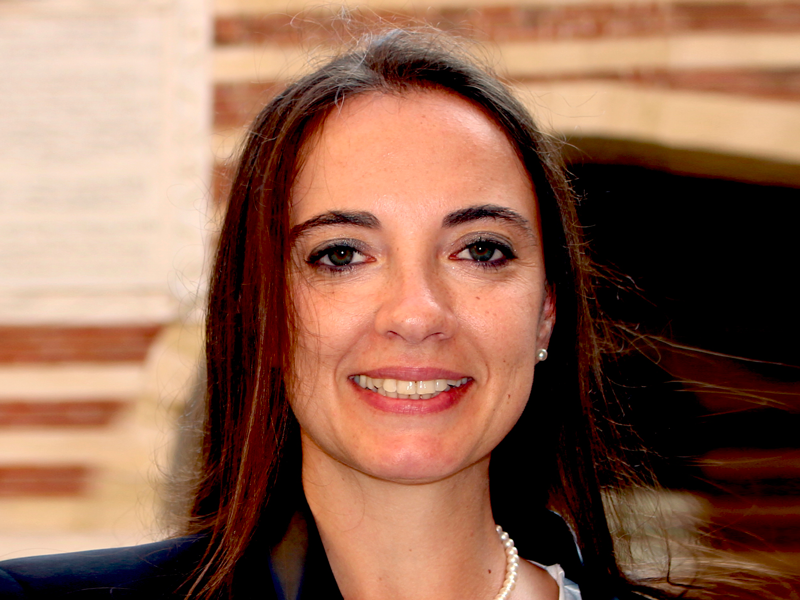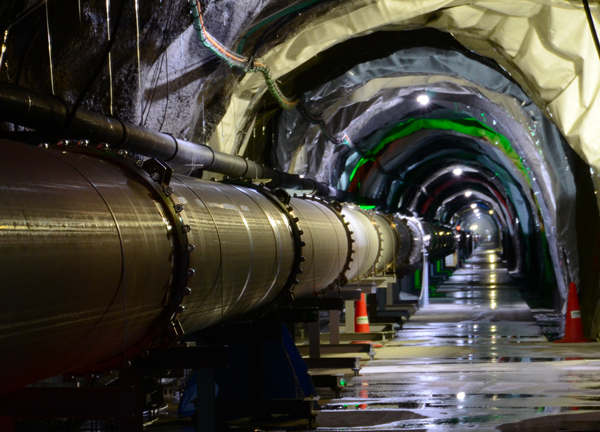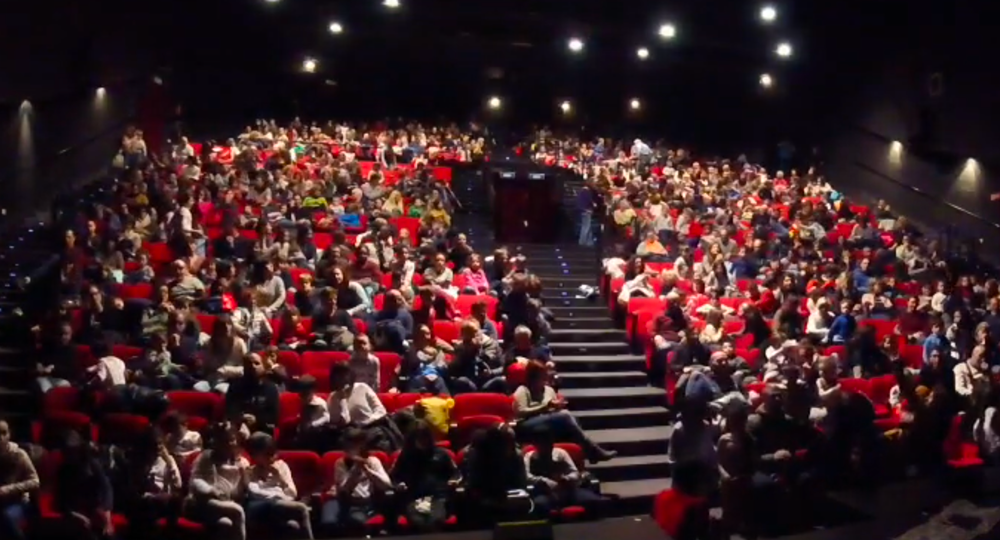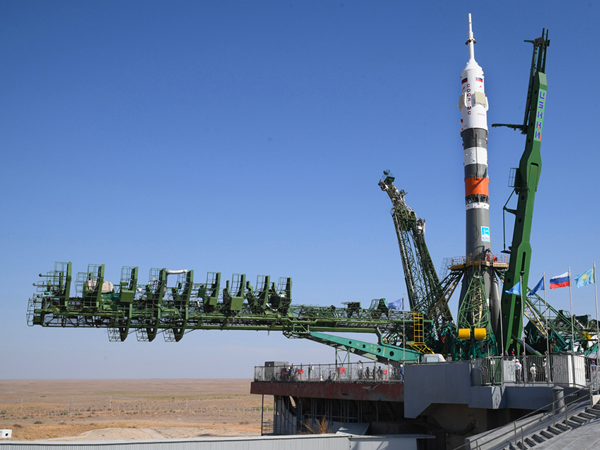
Discovering new drugs thanks to innovative drug design protocols and powerful algorithms starting from mathematical methods derived from theoretical physics, originally developed to study the typical phenomena of the subatomic world, such as the quantum tunnel effect. This is the challenge launched by the newly established Sibylla Biotech, a spin-off company of the Italian National Institute for Nuclear Physics (INFN), of the Universities of Trento and Perugia, and on which the Vertis Venture 3 Tech Transfer fund has decided to invest 2.4 million euros. Sibylla Biotech is one of the projects selected for the US-Italy Innovation Forum held on October 17th and 18th in San Francisco. The event also hosted the visit of the President of the Italian Republic, Sergio Mattarella. We asked Lidia Pieri, CEO of Sibylla Biotech, to tell us what the company consists in and what is the strength of the technology that led to the creation of the company and what the future prospects are.
Sibylla Biotech recently received the interest and funding of investors, in particular for a technology that could enable the identification of new drugs using algorithms developed from mathematical methods of theoretical physics. What is the relationship between innovative drugs and theoretical physics? What does the technology you have developed consist of and what is its strength?
Today, among the many unresolved scientific questions, is the understanding of how biologically significant proteins are formed. Produced by the ribosome in the form of a chain of amino acids by translating DNA information, they then fold into defined forms to carry out their biological activity, a process called folding. The world's largest supercomputer, built to perform molecular dynamics, can only study the folding of small proteins or small portions of proteins. It would take hundreds of thousands of years of calculation to simulate the folding of a biologically interesting protein.

The gravitational observatories VIRGO (in operation in Italy at the European Gravitational Observatory, EGO), LIGO (two twin detectors in Louisiana and in the state of Washington, USA) and the Japanese KAGRA have signed a scientific collaboration agreement that covers scientific collaboration, including joint observation of gravitational waves and data sharing, for the coming years. ...

Three major public events opened in October with the participation of the INFN. In Genoa, the 17th edition of the Science Festival, dedicated to the theme "Elements", has started and will end on November 4th. INFN participates with the exhibition The cosmos in a glass, Art & Science: the elements of creativity, the science show The universe in a box and the conferences The factory of the elements, The scream of the ...
 MINI-EUSO, FIRST DATA FROM THE EXPERIMENT ON BOARD THE ISS
MINI-EUSO, FIRST DATA FROM THE EXPERIMENT ON BOARD THE ISS
Last 7 October, the astronauts on board the International Space Station (ISS), led by Luca Parmitano, switched on the Mini-EUSO (Multiwavelength Imaging New Instrument for Extreme Universe Space Observatory) ultraviolet telescope for the first time. The telescope is the result of an agreement between the Italian Space Agency, the funding body, and the Russian Space Agency Rosocosmos, and it was assembled in the laboratories of the INFN division and Physics Department of the University of Rome Tor Vergata. This first switching-on was followed by a second on 19 October. The two preliminary observation phases demonstrated the correct operation of the experiment and have already produced a considerable amount of data, which will be analysed in depth by the experiment collaboration once on Earth. The Mini-EUSO experiment arrived on the ISS on 27 August on board the Soyuz MS14 spacecraft, which was launched on 22 August from the Baikonur cosmodrome. Now it is installed inside the Russian Zvezda module, from where it is observing the Earth. Its scientific objectives are many and extend over several fields. For the first time, a map of the Earth's nocturnal emissions in the ultraviolet spectrum and of their ...
Cover: Prion structural model superimposed on cryo-electron microscopy maps, credit Sibylla Biotech.
INFN - COMMUNICATIONS OFFICE
comunicazione@presid.infn.it
+39 06 6868162
Coordination:
Francesca Scianitti
Project and contents:
Eleonora Cossi, Francesca Mazzotta, Francesca Scianitti, Antonella Varaschin
Graphic design:
Francesca Cuicchio
Translation
ALLtrad
ICT service:
Servizio Infrastrutture e Servizi Informatici Nazionali INFN